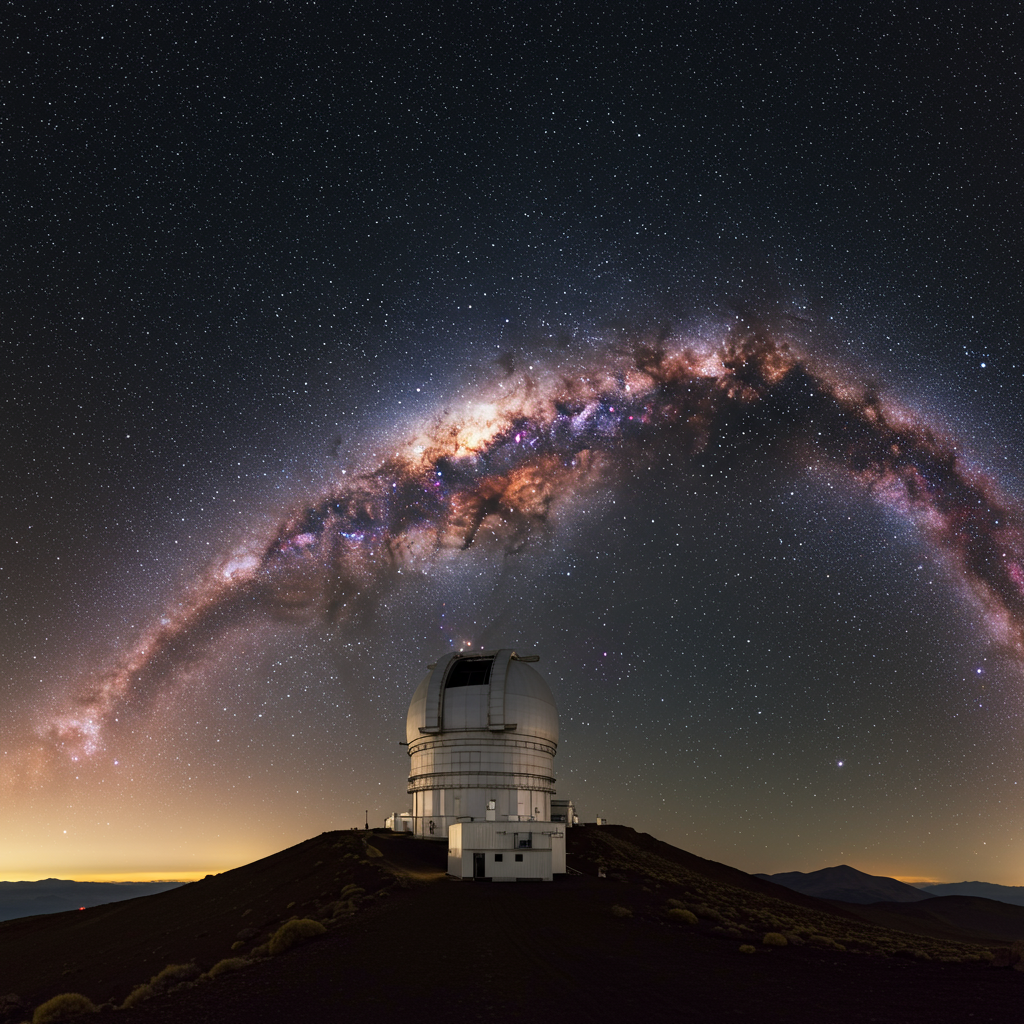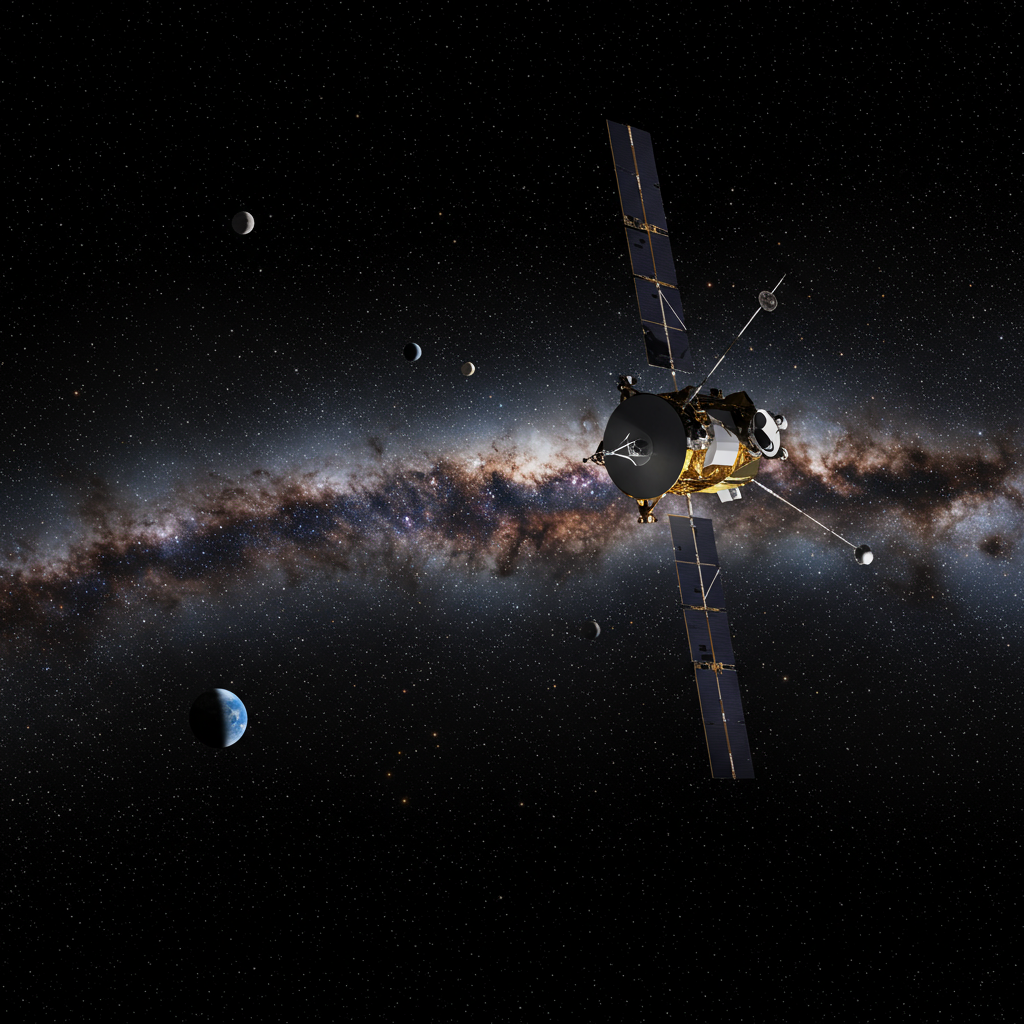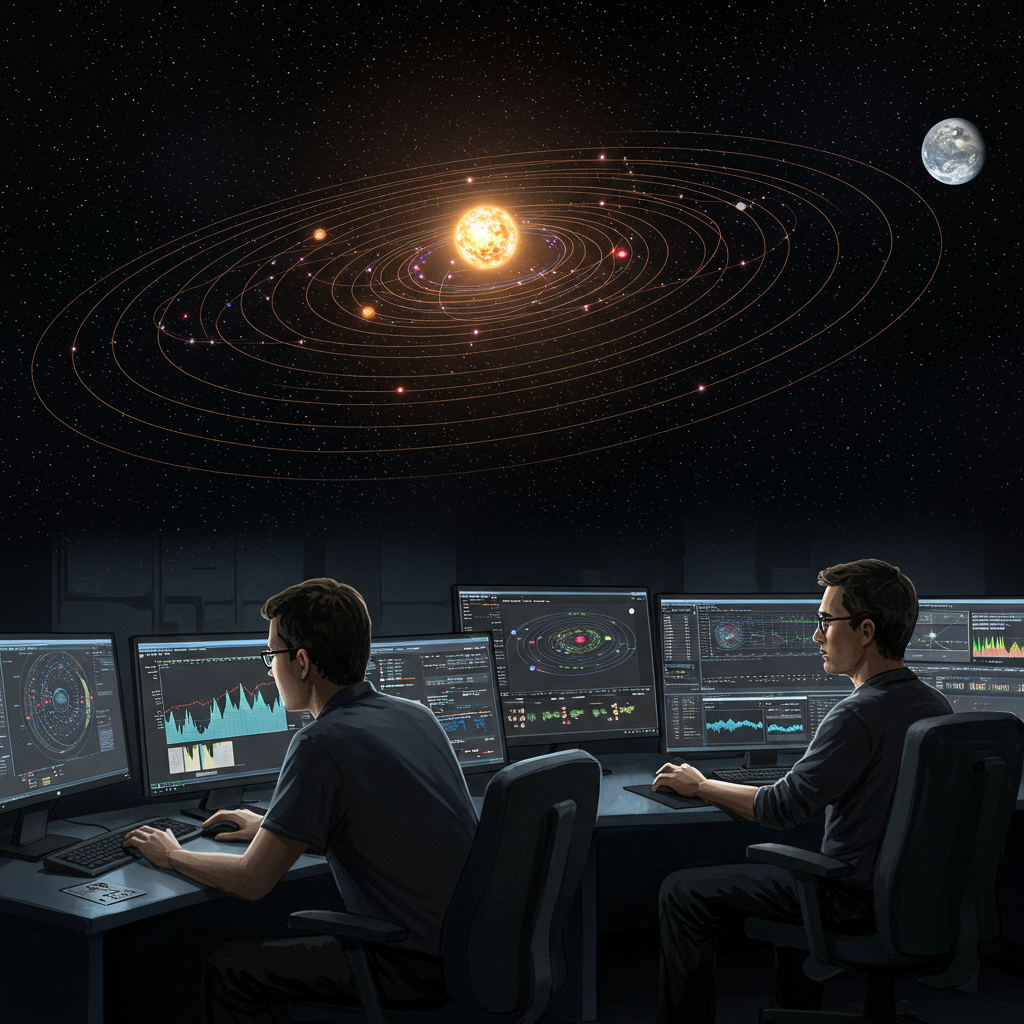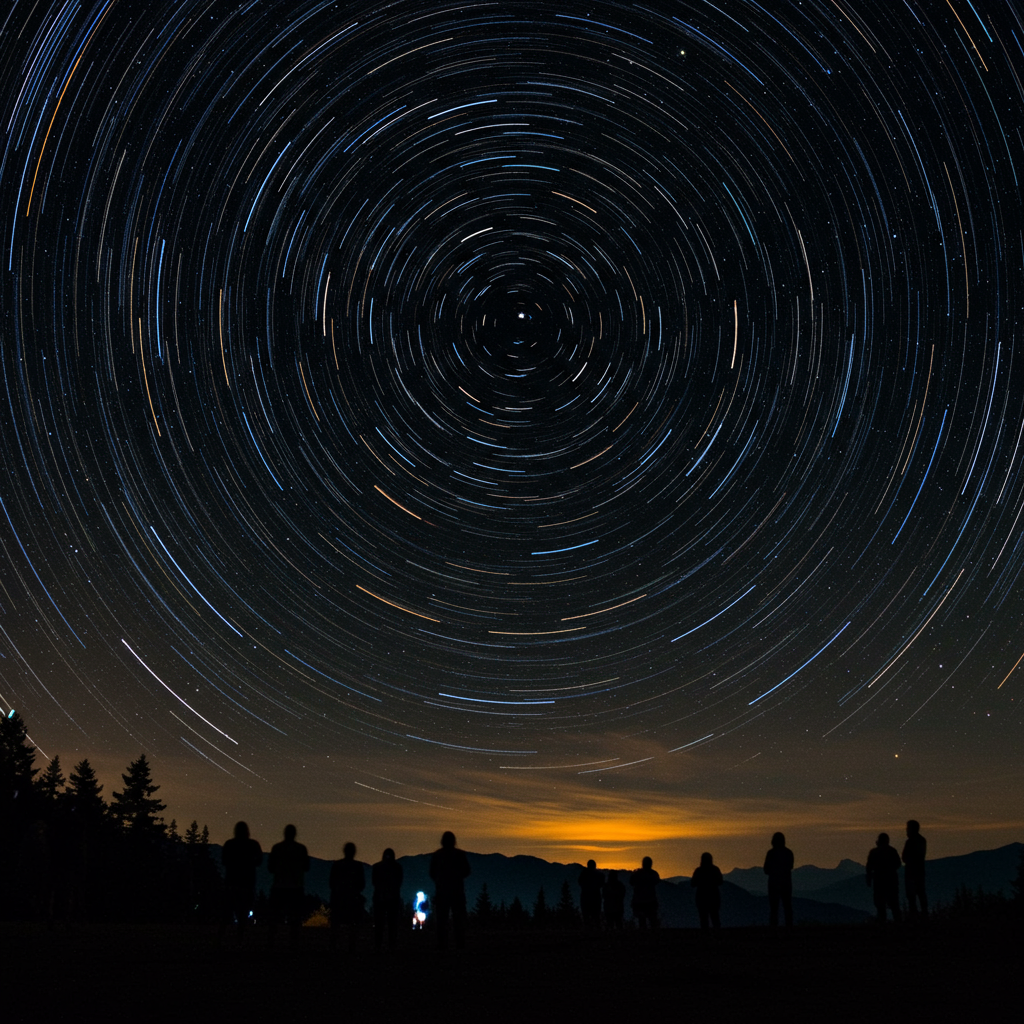The Vera C. Rubin Observatory, perched atop a Chilean mountain, has officially begun revealing its view of the cosmos, releasing spectacular first images that are far more than just pretty pictures. They represent the validation of a revolutionary new approach to understanding the universe – one focused on capturing its dynamic, ever-changing nature. Funded primarily by the U.S. National Science Foundation and Department of Energy, Rubin is poised to transform astronomy with the most advanced sky-mapping instrument ever built.
What Makes Rubin Unique?
What sets Rubin apart is its unparalleled combination of breadth, speed, and depth. Its 8.4-meter Simonyi Survey Telescope boasts a field of view encompassing 9.6 square degrees – roughly equivalent to 45 full moons, far exceeding the narrow views of telescopes like Hubble or Webb. Coupled with the 3.2-gigapixel LSSTCam, the world’s largest digital camera, and the ability to scan the sky incredibly fast (moving at 3.5 degrees per second), Rubin can capture a full image every 34 seconds. Situated on Cerro Pachón, Chile, renowned for stable weather and clear skies, the observatory is optimally positioned to conduct its monumental task.
The Legacy Survey of Space and Time (LSST)
Over the next decade, the LSST will undertake the widest, fastest, and deepest survey of the sky ever performed. By repeatedly imaging the entire southern sky every three to four nights, Rubin will build a dynamic, multi-colored “movie” of the cosmos. This ambitious mission aims to collect data on approximately 40 billion celestial objects, including an estimated 20 billion galaxies and billions of stars, observing each object hundreds of times. The resulting dataset is projected to reach hundreds of petabytes, an unprecedented volume requiring cutting-edge data management.
Stunning First Glimpses
These initial images, captured during testing and calibration, offer a breathtaking preview of Rubin’s power. One spectacular view features a section of the Virgo cluster of galaxies, located over 50 million light-years away. It reveals not only prominent spiral and merging galaxies but also numerous distant galaxy groups and foreground stars from our own Milky Way. This single image, built from over 10 hours of data, demonstrates the observatory’s ability to capture incredible detail across a vast area, estimated to contain around 10 million galaxies – representing less than 1% of the total galaxies Rubin expects to observe.
Another stunning image combines 678 exposures taken over just seven hours to reveal faint, intricate details within the gas and dust clouds of the Trifid and Lagoon nebulae, regions thousands of light-years away where stars are born. As scientists note, these images turn the seemingly empty spaces between stars into “glittering tapestries,” proving that the telescope’s capabilities match the hopes invested in it.
Focus on the Dynamic Universe
The true revolution lies in Rubin’s focus on the time domain. Unlike static snapshots, the LSST is designed to capture the dynamic universe, revealing changes as they happen. By comparing new images to baseline data every night, Rubin will detect millions of “transient” events – objects that change in brightness or position. This includes identifying millions of variable stars and detecting thousands of new supernovae every single night. Some supernovae, like Type Ia, are crucial “standard candles” for measuring cosmic distances and understanding the universe’s accelerating expansion driven by dark energy.
Closer to home, Rubin’s rapid scanning is already proving highly effective at finding objects in our solar system. During initial observations, it discovered over 2,100 previously unknown asteroids, including seven near-Earth objects, showcasing its potential for planetary defense. Over its lifetime, Rubin is expected to catalog millions of new asteroids, providing unprecedented insight into solar system formation and aiding efforts to assess potential Earth impactors. The vast survey will also contribute significantly to understanding dark matter, mapping its distribution through gravitational lensing effects. Scientists describe this as creating the “greatest movie of all time,” allowing astronomers to explore the universe in a fundamentally new way and “find everything that goes bump in the night.”
The Data Deluge and Public Access
This ambitious survey produces a staggering amount of data – around 20 terabytes every night. Processing this “firehose of data” is a monumental task, requiring a dedicated global network and rapid automated systems. Within 60 seconds of an image being taken, software compares it to baseline data, automatically generating alerts for any changes. These alerts are distributed in near real-time to astronomers worldwide, enabling immediate follow-up observations of transient events. The sheer scale necessitates innovative approaches, including exploring the use of AI for data curation and analysis. Crucially, Rubin is designed as a public observatory; its vast catalog and data products will be made accessible to astronomers globally within days, fundamentally changing how astronomy research is conducted, moving from targeted observations to large-scale data mining.
Engineering Marvel and Human Passion
Bringing Rubin online has been a multi-year effort marked by complex engineering challenges and the unwavering dedication of hundreds of scientists and engineers. From troubleshooting intermittent faults in the camera cooling system to optimizing the adaptive optics that keep the image sharp despite mirror deformations, the team has overcome numerous hurdles. The moment of “first photon,” when light first hit the camera sensors, was described as an “explosion of emotions” – the culmination of decades of work becoming reality. As team members note, every day presented new experiences and problems to solve, yet this intensity was matched by immense excitement for the paradigm shift they were enabling. The passion is palpable – the desire to capture every photon from distant galaxies and contribute to a project that will “feed generations of scientists.”
Looking Ahead to Unprecedented Discovery
These stunning first images are merely the opening act for a decade of unprecedented discovery. The Legacy Survey of Space and Time is poised to reveal secrets about the universe we can only imagine. By providing a dynamic, high-resolution view of the entire southern sky, Rubin will enable countless new insights into cosmic evolution, from the formation of the earliest galaxies to the search for nearby asteroids and potentially even undiscovered planets like the hypothetical “Planet Nine.” It’s a “generational leap” in astronomical capability, and as scientists attest, the most exciting part is the unknown – the entirely new phenomena and fundamental discoveries waiting to be unearthed within this colossal, glittering tapestry of data. The future of astronomy looks incredibly bright. You can explore these initial images yourself using the Rubin Observatory’s Skyviewer tool.




